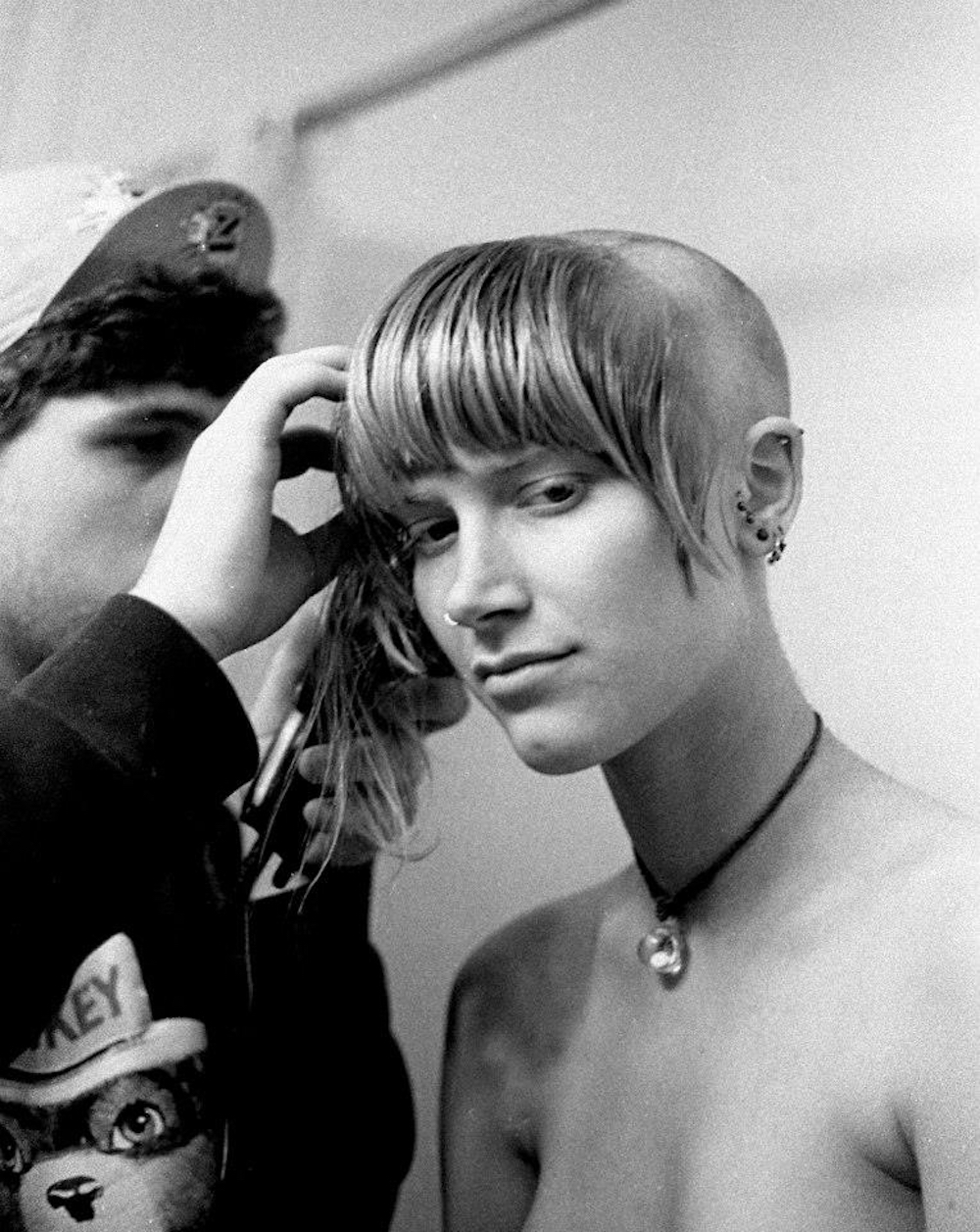Adolescence can be the best of times and the worst of times. Your first Facebook like and your first zit; late nights out and SAT prep; new sensations and deleted computer histories. Everything operates at a fever pitch. Tripping in the hallway or getting a text from your crush can feel like the most unprecedented, significant things to ever occur in the history of mankind. In her e-book That Day Was Ours, 23-year-old photographer and writer Kate Burkhardt has crafted a love letter to this once-in-a-lifetime period. With poems, prose, and candid photos created by her and her close friends — ruminating on everything from depression to love and skinny dipping — Burkhardt shows us why adolescence is sometimes something we just want to get the hell over with. But she also shows us why, when we finally cross the threshold into adulthood, we yearn to return to it.
“I think a lot of people are obsessed with youth because it’s something you can’t get back,” says Burkhardt, who recently graduated from Southern Oregon University and is busy working on a chapbook about two coupled friends of hers. “Youth is elusive.”
That Day Was Ours is an attempt to make sense of those sticky years. It includes photos Burkhardt has been taking of friends since the age of 14. But it was only last year that she started curating her large archive into a cohesive body of work. “I finished up That Day Was Ours just after I graduated,” she tells i-D, “and that felt very cathartic to me. Like I’d come so far and everything I’d been doing suddenly made sense to me.” Sometimes it’s only when we reach tomorrow that we understand and appreciate today.

What is your hometown like?
I grew up in Portland. It’s a really beautiful place, and after living in Ashland, Oregon for five years, I’ve decided to move back. There’s a lot going on in Portland. There’s always live music, there are great bookstores, artists everywhere. Even within the city you will still find yourself surrounded by nature, which is something that is important for my sanity.
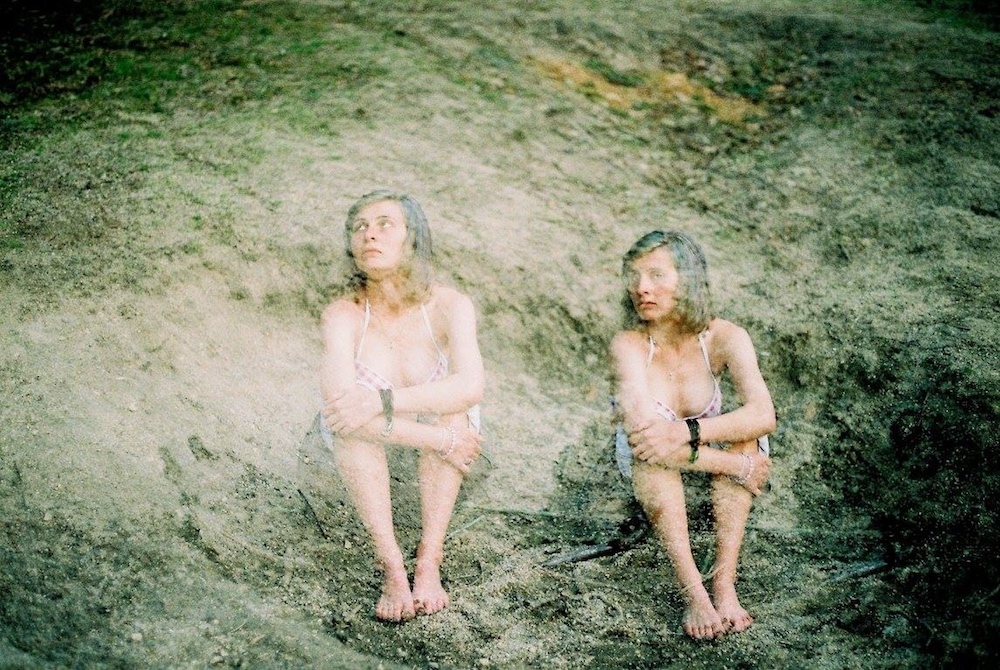
How did Portland affect your coming-of-age?
I can’t imagine having a different background, to be honest. Growing up in Portland gave me a sense of freedom and appreciation of the world, even though I was often very depressed and had to fight that constantly. I don’t know who I would be if I had grown up in a smaller rural town, or say, a really big city like New York, or if I had not been in some of the amazing classes I was in. All of my teachers encouraged my art. I was trying to write novels by the time I was eight and my teachers thought it was great. I took AP art classes in high school. We had a darkroom photography class at my high school. Not all kids have that advantage. I was so lucky to go to schools that emphasized and encouraged the arts and there are quite a few like that in Portland.
Outside of the classroom, I spent a lot of time outside with my friends doing things we weren’t supposed to do — more than just every now and then. My friends and I rode our bikes everywhere, ate at the food carts, went hiking in the city limits (because Portland is amazing that way), fell in love, and fell out of love.
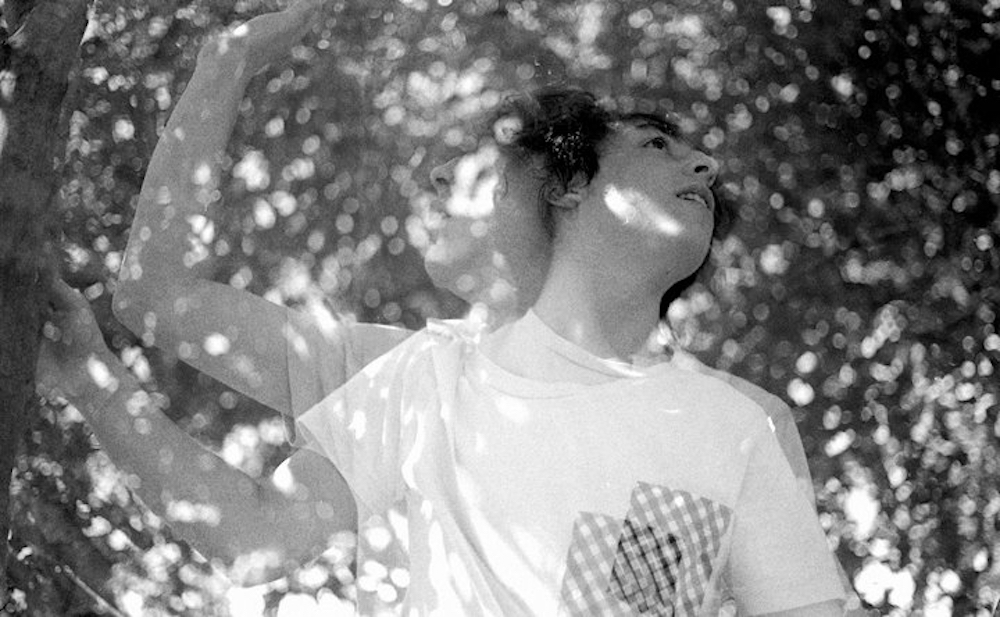
It’s not just your photography and writing in this book. How did you find the other contributors?
All the other voices [in the book] are my close friends. There are multiple photos throughout of everyone who’s written for it.
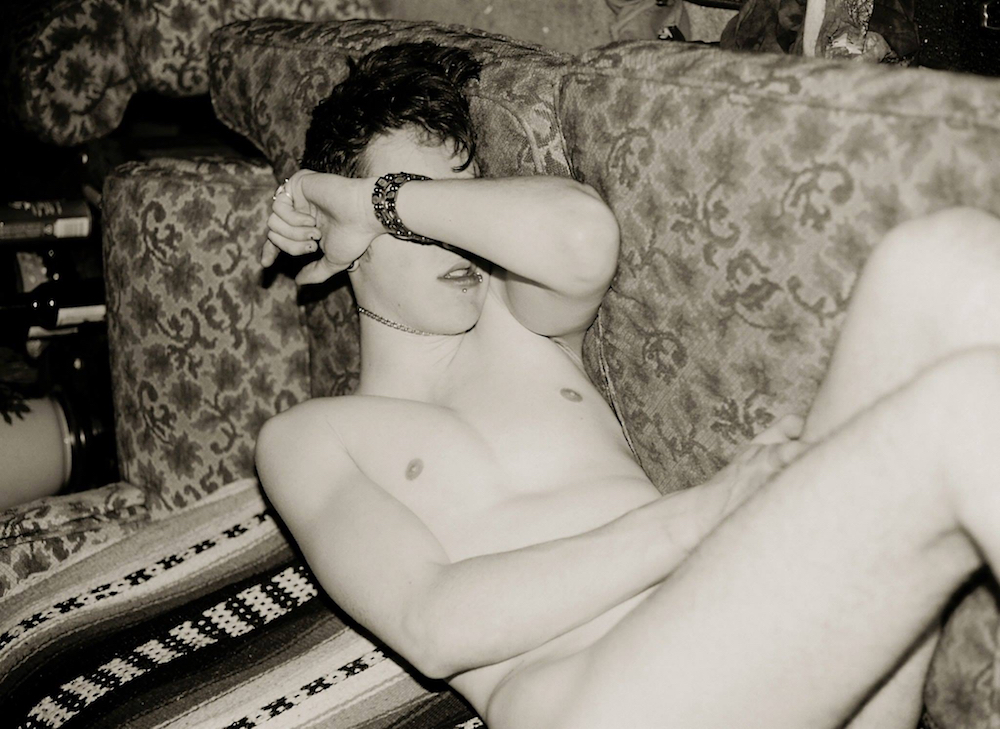
How did they fit into the book’s narrative?
When I started this project, I wanted it to be about all of us, by all of us. I asked my writer friends to send me one to two pieces of writing that feels the way they feel when they look at my photos. I told them to write about anything they were experiencing when those photos were taken. Everyone was so supportive and excited. This is a memoir about all of us.
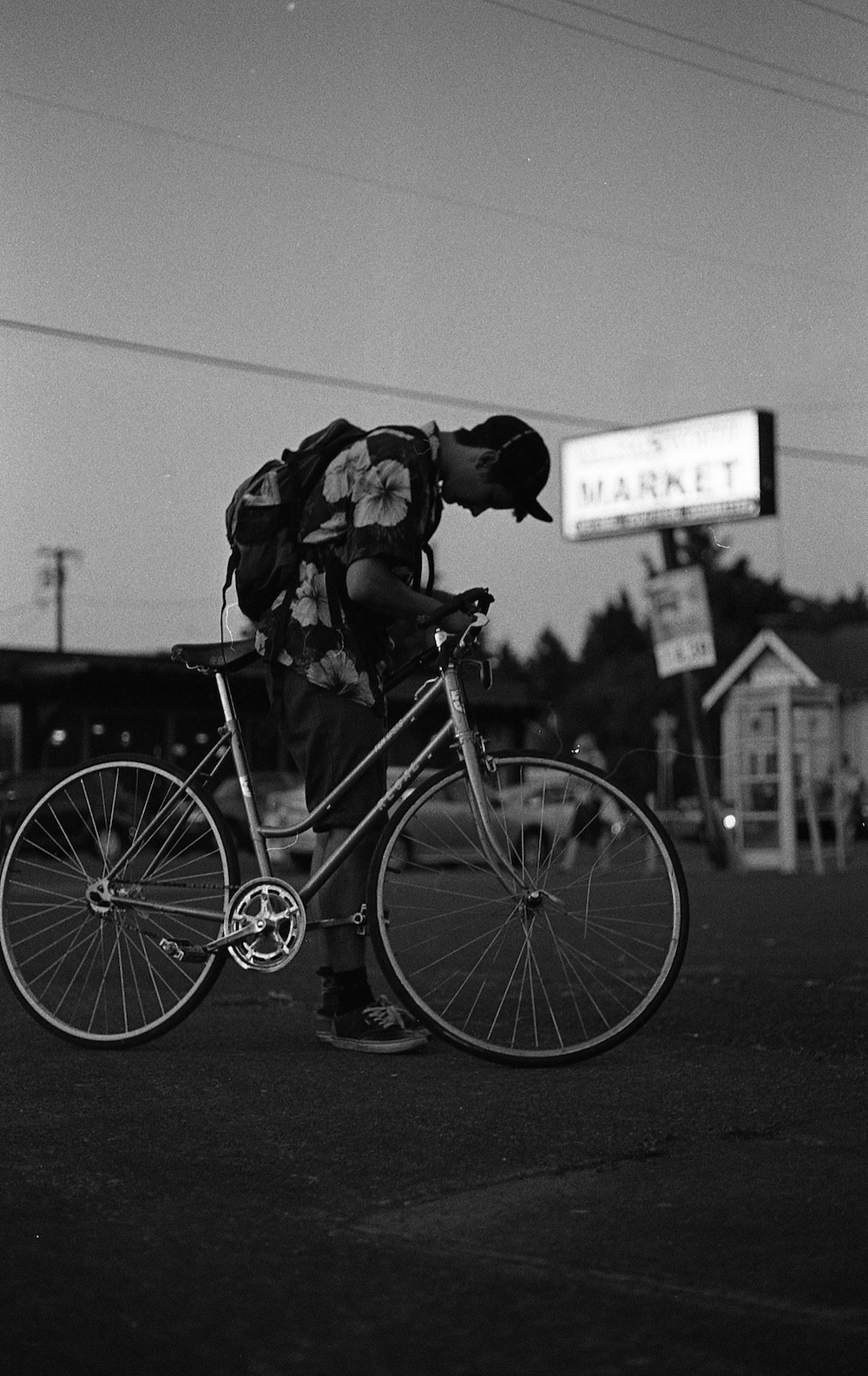
You just graduated from college. What things have you kept from your adolescence and what things have you lost?
I think I’ve retained all my best qualities from my adolescence and lost the ones that I wouldn’t be proud to have today. I was a very volatile person when I was a teenager, as many of us are, but I had an undiagnosed mental illness, too. I was very erratic and had a lot of difficulty being a human. This isn’t to say that my teenage years weren’t fun. When it was fun, it was really really fun — but there were also so many times that weren’t fun at all, and that was when I’d take sad self-portraits and write bad poetry and paint. Some of my best friends from high school continue to be my best friends now and I am overwhelmingly grateful for it. We’ve all changed and grown; we’re proud of each other. But we’re all still the same in certain ways. We have the same senses of humor, the same cute mannerisms, and the guys sound the same except their voices are a few octaves lower.

What was the crux of your coming-of-age story?
I think the process of making this book, if that makes sense. Because I realized all these things about myself and my friends and the people I’d lost, either literally or figuratively. I wrote so intensely and looked through my photos so intensely to try to do justice to my life, and to theirs. Even if only my close friends ever read this book, I’m proud of it. It’s for us. And it’s the first thing I’ve finished that I’m deeply proud of.
kateburkhardtphotography.squarespace.com
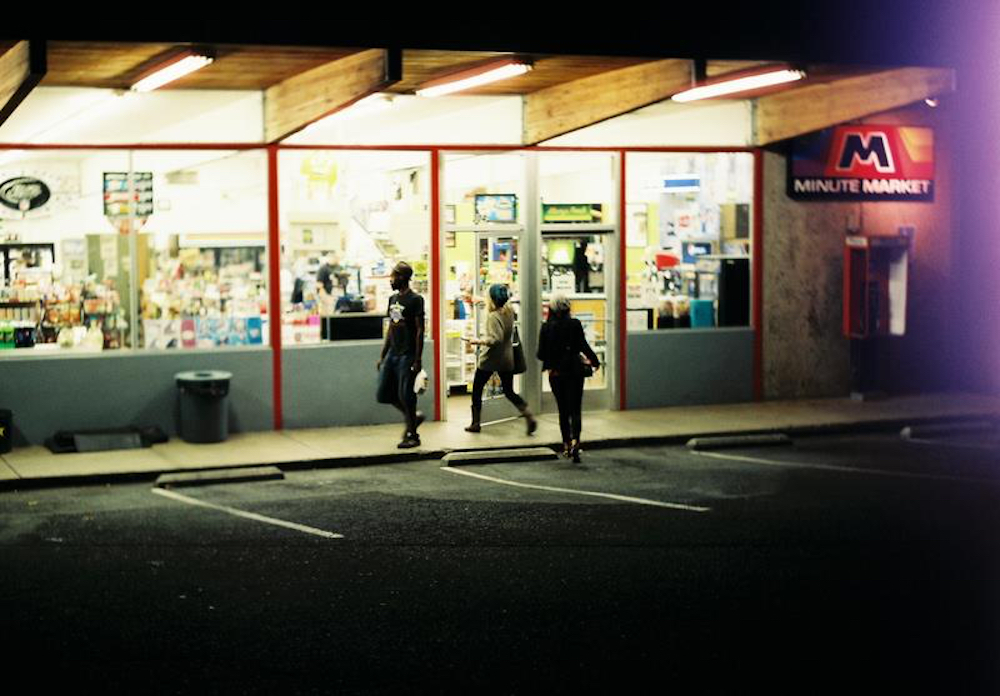
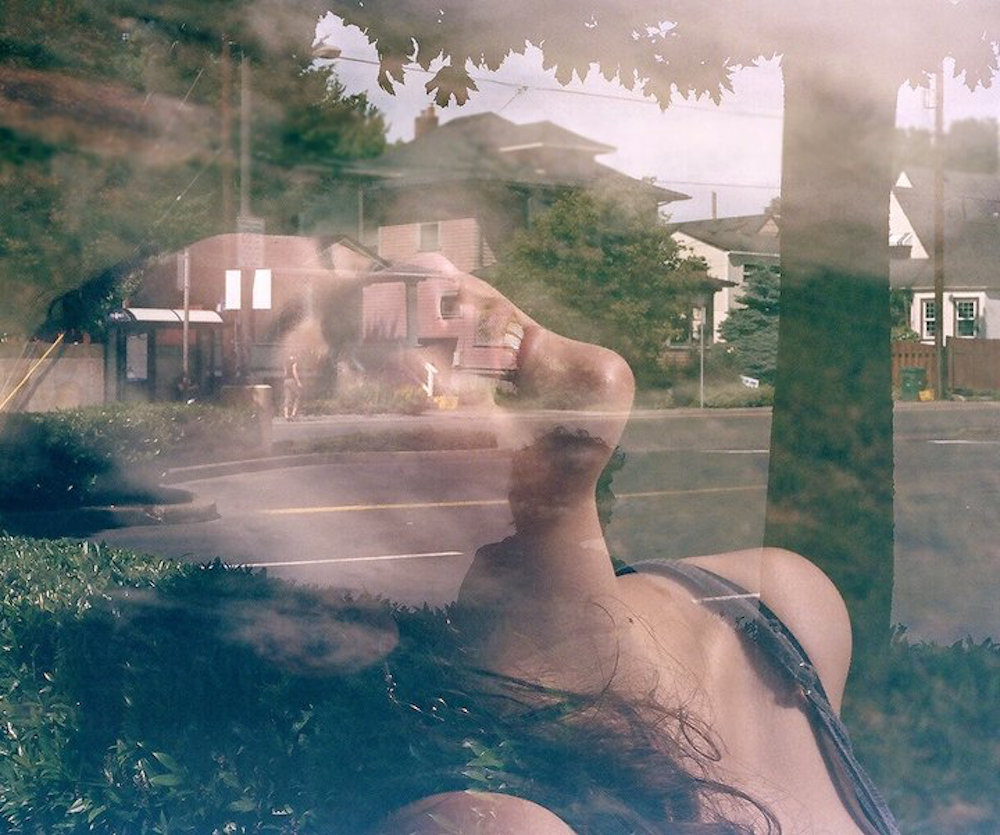
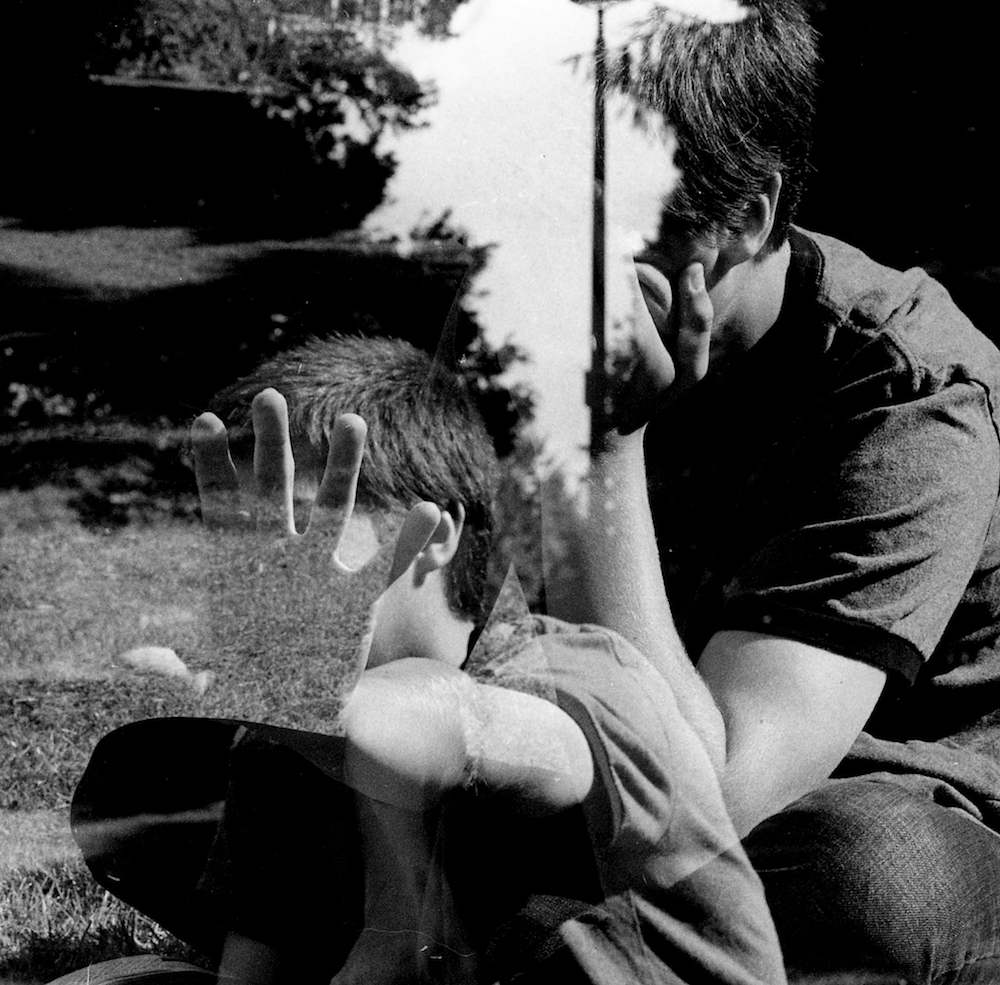
Credits
Text André-Naquian Wheeler
Photography Kate Burkhardt
